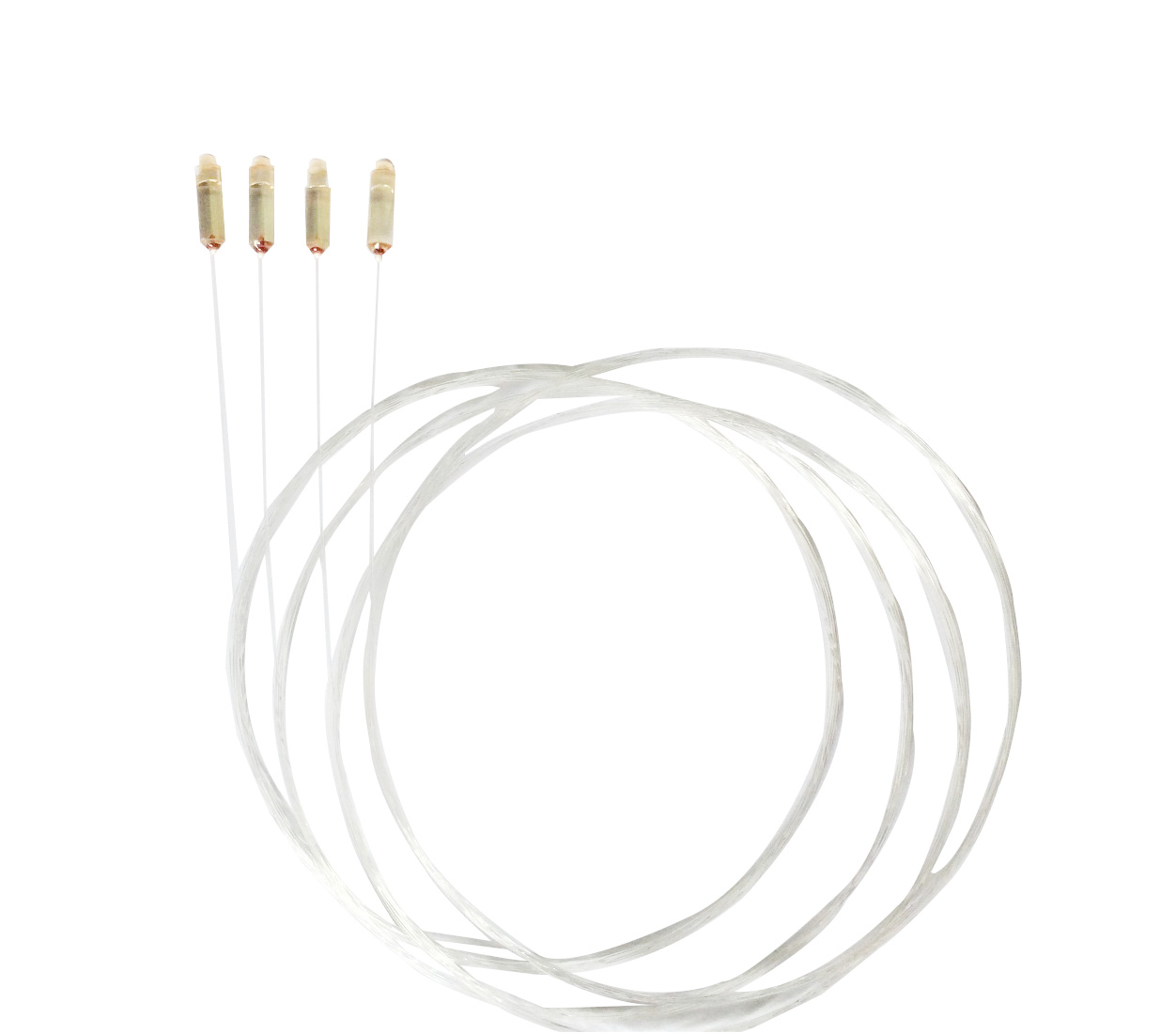What is the relationship between the spot and distance of a fiber collimator?
In the rapid development of optical communications and optical technology, fiber collimators, as key optical components, play a vital role. It can not only guide light from the fiber outlet to the receiving end to achieve accurate transmission of optical signals, but also improve the coupling efficiency and signal quality of optical devices by optimizing the relationship between the spot and the distance.
1. Definition and importance of spot
As a key parameter in a fiber collimator, the spot refers to the maximum available optical path diameter of the light beam in the collimator, that is, the cross-sectional diameter of the light at a specific position. The shape of the spot can be circular, elliptical or rectangular, and its size and shape directly affect the light intensity, light loss and radiation pattern of the signal. The spot is usually expressed in FOV (Field Of View), and the unit is generally micrometers (μm).
In a fiber collimator, the size of the spot is crucial to the quality of signal transmission. Generally speaking, the larger the spot, the stronger the light intensity, the smaller the loss, and the longer the signal transmission distance; while the smaller the spot, the weaker the light intensity, the greater the loss, and the shorter the signal transmission distance. Therefore, in the design and production process, precise control of the light spot is the key to achieving high-performance fiber collimators.
2. Relationship between light spot and distance
The basic principle of fiber collimator is to place the fiber end face at the focus of the collimating lens to collimate the light beam. Working distance and beam diameter are two key parameters to describe the collimator. Working distance refers to the distance from the collimator end face to the target fiber end face, while the beam diameter refers to the minimum spot diameter of the light beam at a specific working distance.
In fiber collimators, there is a complex relationship between light spot and distance. Specifically, for a certain working distance, as the distance between the fiber end face and the lens (fiber lens distance d1) changes, two waist spots can appear, one with a larger waist spot and the other with a smaller waist spot. The application scenarios of these two waist spots are also different: large waist spots are often used for beam collimation, such as passive devices such as wavelength division multiplexers, isolators, and circulators; while small waist spots are often used for beam focusing to improve laser coupling efficiency.
3. Influence and optimization of the relationship between light spot and distance
The relationship between light spot and distance has a significant impact on the performance of the fiber collimator. On the one hand, by optimizing the light spot size, more efficient optical signal transmission and coupling can be achieved, and the reliability and stability of the device can be improved. On the other hand, by accurately controlling the working distance, it can be ensured that the light can be accurately aligned with the end face of the target optical fiber, reducing light loss and signal distortion.
In order to optimize the relationship between light spot and distance, we have taken a number of measures in the production process. First, we select high-performance optical fiber and lens materials to ensure accurate control of the light spot and stable transmission of optical signals. Secondly, we introduced a high-precision light spot machine and a precision adjustment machine, combined with a unique fixture, to achieve precise control of the light spot size and working distance. In addition, we also continuously optimize the production process and test process to ensure that each fiber collimator can achieve the best performance.

Comments are closed